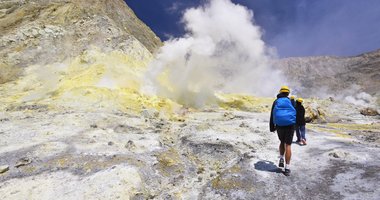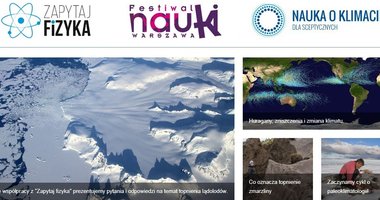
Information Optics Department , IGF FUW
Staff Research projects Publications Laboratories
The Information Optics Department (ZOI) researches optics, photonics focused on the design and fabrication of photonic and nano-optical structures as well as on electromagnetic modelling. We are interested in novel materials with prospective applications in photonics, plasmonics, and photovoltaics. In recent years we have been realizing projects on plasmonics, layered optical metamaterials, super resolving imaging, photovoltaics, photonic crystal and nanostructured fibres, SNOM microscopy, and optical applications of the theory of compressive sensing.
ZOI includes several laboratories. We are equipped e.g. with a vacuum PVD thin layer evaporator with an electron beam, an electron microscope, and scanning SNOM and AFM microscopes. ZOI is a member of the Polish National Laboratory for Photonics and Quantum Technologies (NLPQT) which is placed on the Polish Research Infrastructure roadmap. Prof. dr hab. Tomasz Szoplik is the Leader of ZOI in NLPQT.
The Information Optics Department has its roots in the Holographic Laboratory created by professors Katarzyna Chałasińska-Macukow and Tomasz Szoplik and was placed under the Institute of Geophysics in 1980 to research methods of holographic image recording, holographic memories, holographic investigation of fog, and image recognition techniques. Though, current research fields are not directly related to geophysics.
The Information Optics Department consists of the following research groups:
- Nanophotonics (dr hab. Tomasz Antosiewicz) - in our research group, we explore how the spatial formation of matter at the nanometer scale affects its interaction with light and how these phenomena can be used to build more efficient devices. Our research is part of the development of functional metamaterials and nanophotonics.
- Superresolution and computational imaging (dr hab. Rafał Kotyński) - we research indirect imaging methods including single-pixel imaging as well as the theory of compressive sensing. We are also working on superresolution, in particular on the imaging properties of layered optical metamaterials.
- Functional Materials (dr Tomasz Stefaniuk) - research conducted at our group price is linked to the concept of nanostructured optical materials. This is a class of materials with unique optical properties resulting from the nanostructurization process and which go beyond the properties of component materials.
- Plasmonics (dr Piotr Wróbel) - the group is focused on the design, modelling, fabrication, and measurements of plasmonic structures, as well as on the development of fabrication technologies and measurement techniques of these structures.
Studies:



